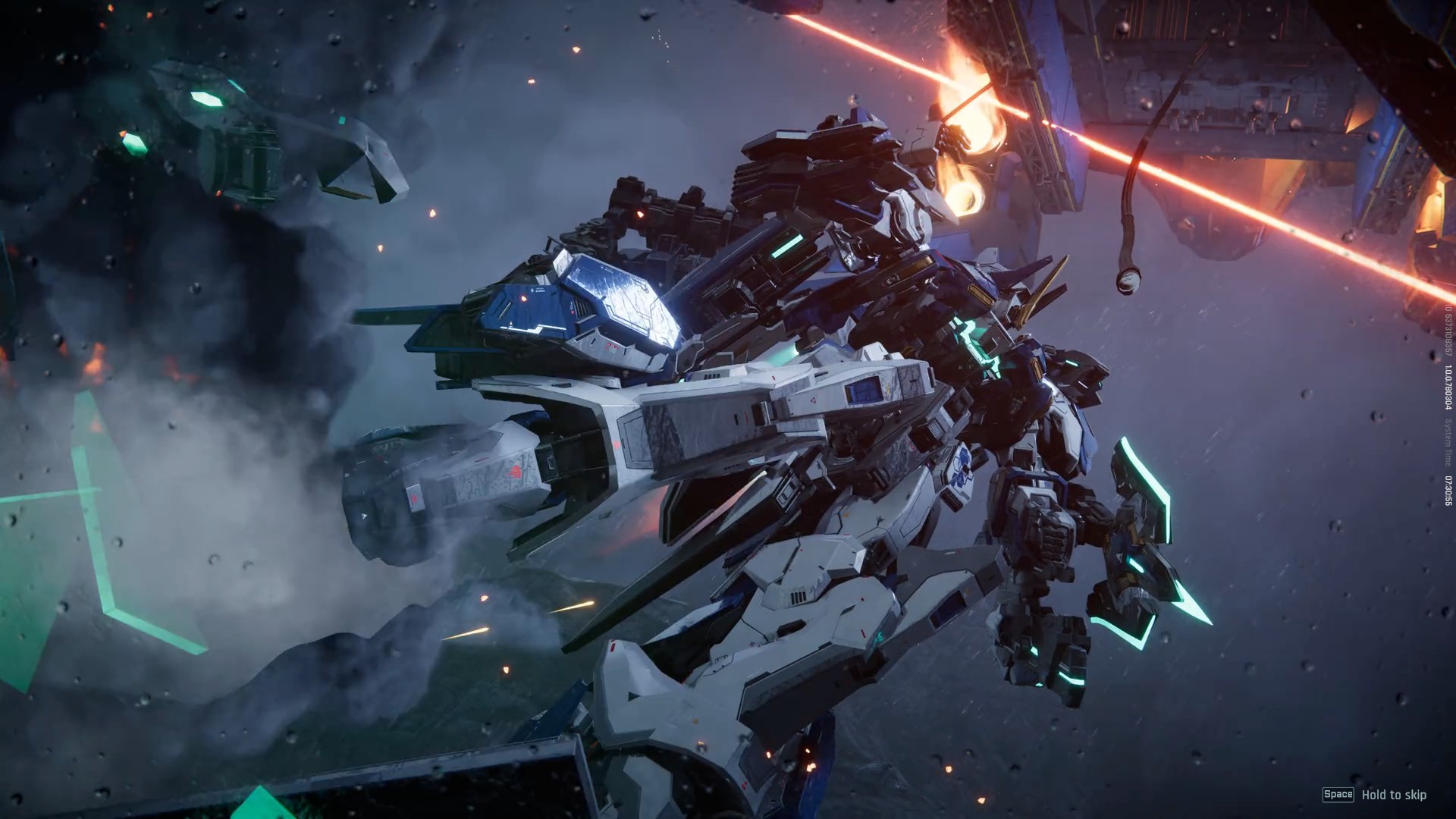How to 3D print miniatures for D&D and tabletop RPGs
Learn how to 3D print soꦚme kick-ass models with our s🌄tep-by-step guide

So, you wanna know how to 3D print miniatures? A word of warning first: this isn't the easiest process. It can also be infuriating, offering moments where it all goes wrong for no obvious reason and you're seized by an unshakeable urge to punt your printer out the window. But if you stick with it, you'll discover something that can best be described as magic.
Seriously, the feeling of getting a successful print is unlike any other. I've been messing about with this tech for a while now, and seeing models emerge fro💦m a vat of resin is still borderline sorcery. If you have patience, learning how to 3D print miniatures is a properly satisfying hobby as a result. It's much cheaper than buying ready-made figures in the long run too.
To give you a leg up, I've listed all the advice I wish I'd known before I started my own journey on how to 3D print miniatures. That includes what you need to get going and the software you should use, not to mention which of the 澳洲幸运5开奖号码历史查询:best 3D printers is ideal for you (because seriously, there are a lot o﷽f them).
De☂cide which kind of 3D printer🔜 will be best for you

Before you do anything else, you'll need to establish which kind of miniatures you're hoping to print. Do you want to create character models for the 澳洲幸运5开奖号码历史查询:best tabletop RPGs like D&D? A resin printer is the way to go (it excels at rendering minute detail at a high resolution). Meanwhile, those eager to construct scenery, props, and large monsters are better off with a filament printer instead. They of🐻ten have a greater capacity, and the material they use i🌠sn't as expensive.
Here's a quick breakdown:
3D printer differences
Resin printer
- Dips into a vat of resin that is hardened layer by layer via UV light
- Excels at high detail at a small scale
- Fast and efficient
- Resin is expensive, toxic, and smells bad
- Requires a mask and neoprene/nitrile gloves
- Often uses smaller build plates
- Quite complicated to set up
- Can print multiple figures simultaneously
- The process can be messy
- Wash and cure kits needed
Filament printer
- Uses a reel of filament that's melted by the nozzle and laid out in layers
- Less detail, but great for large objects
- Slow and loud
- Very little mess or cleanup
- No extra material needed
- Capacity is usually greater
- Easier to learn and use
- Can't print multiple miniatures simultaneously
- Very little mess or cleanup
- No extras required
Now, I should point out that is is possible to get Warhammer-sized models from a filament printer, just as it's doable to make a castle with resin. But that doesn't m🍬ean the results will be as good. There's a limit to the detail filament printers can offer, so small minis with macro textures might look smudgy. Similarly, resin printers need lots of an expensive liquid to create large figures. It's simply not cost-effective to create sizable models with it, even if you've got a machine big enough to accommodate them in the first place.
Basically? Either printer can be used as a jack of all trades, but they'll struggle with some♎ tasks more than others.
Weekly digests,🐲 tales from the communities you love, and more
Which 3D printer should you buy?

If you're new to the idea of 3D printing, tread carefully - you're not necessarily better off getting a cutting-edge product that's wowed both critics and fans alike. While you're still learning the ropes, I'd recommend choosing something a little cheaper and less flashy. Although these budget options aren't as dazzling, they'll still provide you with amazing figures at the end✃ of it all. You'll also find the process of how⛎ to 3D print miniatures easier, mainly because there are less features to juggle.
To p💧oint you in the right direction, I've listed a couple of options below.

1. AnyCubic Photon M3
Reasons to buy
Reasons to avoid
Resin printing can be a complicated process, so you want a machine that'll allow you to take things step by step. 🥃Enter the Photon M3, a compact device that's perfect for learning the ropes.
While the build plate is fairly small, it's still big enough to handle most miniatures and mid-size monstrous figures. The M3's petite form means it'll fit into most workspaces as well (so long as they're ventilated - again, be aware that resin stinks), and the touch-screen interface is easy to g🌌et your head around. Plus, it's capable of printing minis at 4K resolution so they'll be pl▨enty detailed enough to impress.
Just remember, you'll need nitrile or neoprene gloves to keep you safe when handling resin - this stuff can be quite toxic. It's also a good idea to pick up a wash and cure kit too. Although you can do with♋out them, it'll make life a lot easier.







